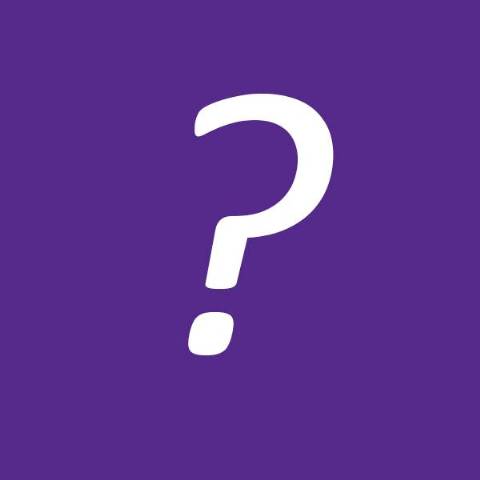

As the start of school rapidly approaches—as well as the faculty’s summer assignment to create a unit using Essential Questions—a perspective on Essential Questions seems to be appropriate.
I have some great news. There is not only a growing amount of information on the web on how to create Essential Questions but also there is information in our own Teaching and Learning Center and in the Upper School library specifically on the subject.
I would love to claim that the Essential Questions we used in our seventh and eighth-grade United States History classes were the product of my own original thought. But that would simply not be true. In fact, virtually all of the questions I used, with or without adaptations, came from sources I found from lesson plans used by other teachers and other sources related to the use of Essential Questions. Essential Questions also do not come in just one package and once you begin to utilize them, you will find that they come in multiple flavors!
A great way to start is to define “Essential Questions.” One of the sources I used for a number of my own projects gave the following as their definition: “An essential question is – well, essential: important, vital, at the heart of the matter – the essence of the issue. It is a question that any thoughtful and intellectually alive person ponders and should keep pondering.” In most cases they are open-ended questions that cannot be found by just “Googling” it.
Essential questions usually have the following characteristics:
- They create real and relevant inquiry into the big ideas, themes, and core content.
- They generate deep thought beyond just recitation of facts, often stimulate student-driven discussions, long-term inquiry, and hopefully deeper levels of understanding. In many cases it creates new questions.
- By not providing an immediate or teacher-driven answer, students are required to research alternatives in a search for the best answer as opposed to the one right answer.
- They give a greater understanding of core content because students must weigh relevant evidence, support their answers to the questions, and justify their answers using research skills.
- They stimulate re-thinking of big ideas, prior assumptions, and past lessons.
- They create transferable skills that can be used in other situations and subjects.
- They can be as easy or as complex as the classroom environment warrants.
**Taken from Wiggins, G. P., & McTighe, J. (1998). Understanding by design . Alexandria, Va.: Association for Supervision and Curriculum Development.
The most difficult task in using Essential Questions in the classroom is “letting go.” To use open-ended questions most efficiently we have to pose the question, be an advisor in the process of answering the question, and suppress the urge to answer the question for the students. Students are amazingly creative beings, but they have also been conditioned to let the teacher do all the work—the work of providing all of the answers. And if we cannot give them the answer, they can just open the laptop.
Sometimes it is painful. On more than one occasion students would ask me whether they had the right answer. My response was usually, “I don’t know, is it?” Using Essential Questions allows students to focus on making connections, thinking critically, and understand relevance rather than just trying to get to the next chapter.
Here are some examples of Essential Questions that I used last year and some that I will use this year:
Theme: The Role of Government and the United States Constitution
- Why do people form governments?
- Which approach to government is the most effective?
- How far should a federal government go to protect its citizens?
Theme: Reconstruction and the Civil Rights Movement
- Why could the Civil Rights Movement be called the Second Reconstruction?
Theme: American Economics
- What are the strengths and pitfalls of capitalism?
- What role should American government play in economics?
- Robber Barons or Captains of Industry?
Essential Questions can be used at any grade level and in every class. They work well with individual work as well as collaborative group projects. Essential Questions can be flexible. A teacher can determine what content is crucial for a class, then devise a single Essential Question or a series of questions that require the use of the content to come to an answer. Core content is covered and, best of all it becomes relevant.
At the end of the 2014-15 school year, a student gave me a note. In the note the student thanked me for NOT simply teaching the content. Instead, students learned how to think and be active learners. That is at the heart of using Essential Questions. Have fun.